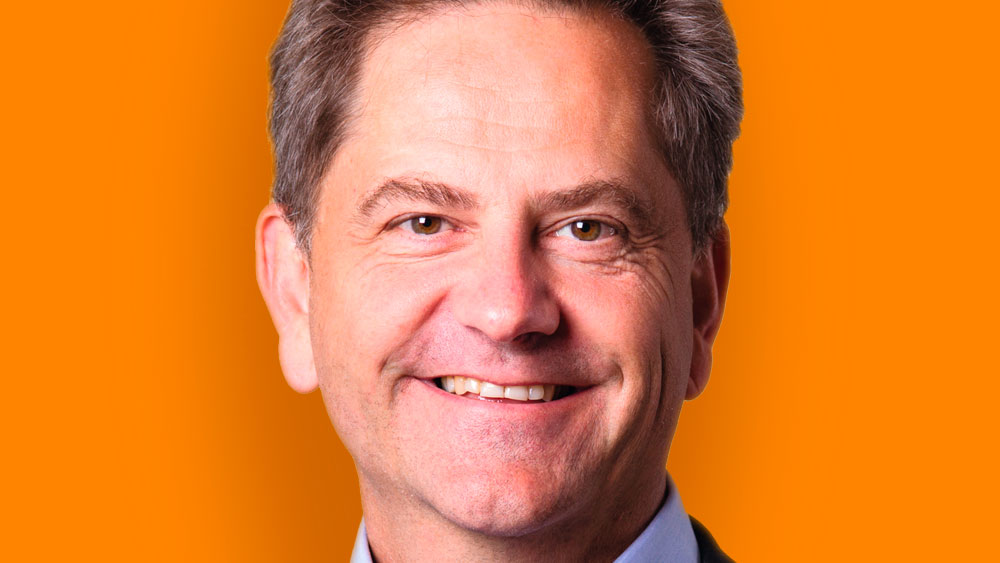
Electron optics in the Netherlands – deep tech at its best
Recently, Karel van der Mast, one of the key players in the transition of Philips Electron Optics to FEI (now part of Thermo Fischer Scientific), was interviewed by René Raaijmakers for High-Tech Systems magazine. Although I’ve spent eight of my most enjoyable working years at FEI in the 2000s, I wasn’t aware of many of the described intricacies and drivers behind the reverse take-over in 1996.
Following the reverse take-over, much to its chagrin, FEI continued to pay for contract research at my department at the Philips Natlab – a lump sum of 300,000 guilders per FTE. They wanted targeted milestones and payments, but research head Ad Huijser was very clear: take it or leave it, it’s not core to Philips so consider it a (paid) favor. That greatly simplified yearly program and contract negotiations with them because my group had several electron optics experts they couldn’t do without. Many later moved to FEI.
When I got the opportunity to move there as well, first as head of R&D TEM and later of R&D in Europe, I jumped to the occasion. As Van der Mast relates, the combination of ion and electron beams, the former to dig out sub-surface features and the latter to image them, proved to be the right tool at the right time for Intel and was selling like hot cakes. This allowed (further) investment in corrected, sub-angstrom TEM, cryo-TEM, environmental SEM, monochromation in SEM (resulting in angstrom resolution), digital detection (rather than analog film), plasma sources for ion columns, field-effect emitters for electron sources, tomography and single-particle counting programs, all stretching the capabilities of our equipment to beyond what our competitors were capable of. Our products played a big role in unlocking nanotechnology, which was booming at the start of the century.
My fascination with system engineering was born here. Close to all of the core components and technologies we developed could be deployed in all the different products: TEM, SEM, SDB, FIB, plasma-FIB, ESEM. The right modular architecture allowed the company to achieve a speed in bringing innovations to market that I’ve seen nowhere else since. Of course, this would have been impossible without the software and systems engineers and architects, working in Hillsboro, Acht and Brno. Managing this was a challenge. Van der Mast mentions the tendency of the US management to control things in the Netherlands, which probably persists today. But, in general, the global R&D community was close-knit and extremely enjoyable to work in.
As can be expected, such a company is a hub of an extending ecosystem in the Netherlands. This isn’t only reflected in significant contributions to academic and engineering programs all over the country but also in the strengthening of other companies, mostly in the form of people. Of course, there was and is some number of engineers going to and coming from ASML, but knowledge embedded in people also contributed to an impressive list of ‘new’ companies like Mapper, which unfortunately went under, Lumicks, Nearfield Instruments, Delmic and Cryosol-World.
The interview of Van der Mast gives a very interesting insight into a defining chapter of the story of electron optics in the Netherlands, a story that deserves to be told as a case study for the deep-tech business.





